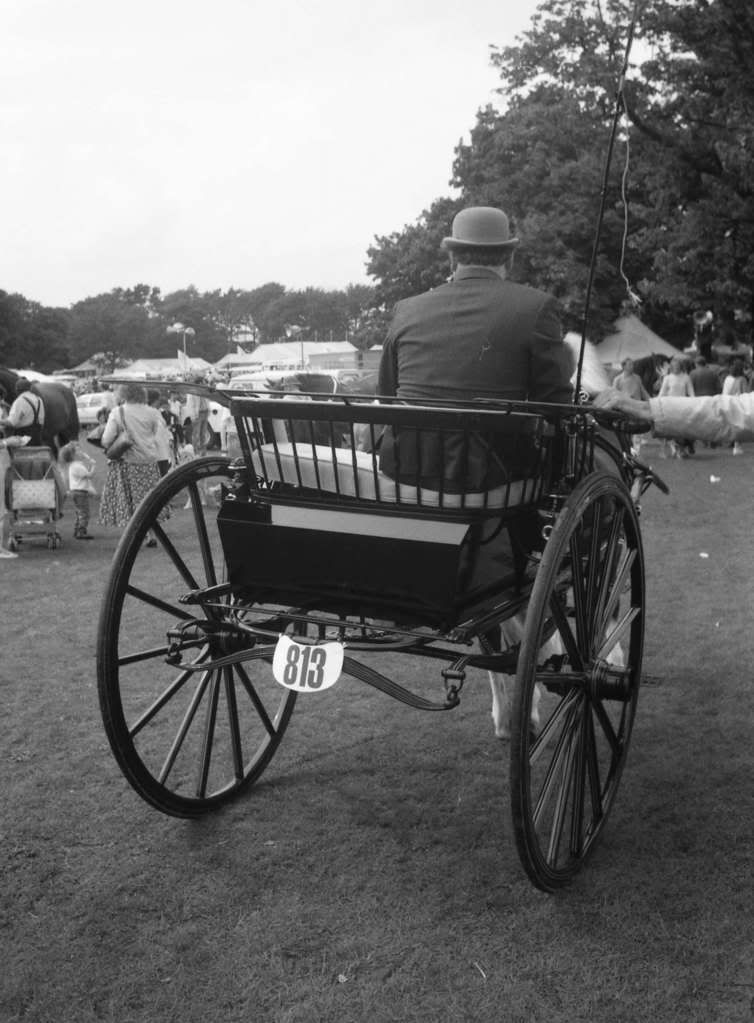I picked up a Minolta Dimage Scan Elite 5400 on eBay. I would've been just as happy to go with one of the similar Nikons, but I got a deal on the Minolta. I've been totally happy with it thus far. Before this, I only used a big ass Imacon at school, and while the results were superlative, it took a lot more time to get my scans done. Even coming from the Imacon, the 5400 has not disappointed me. And actually, it's even surpassed the Imacon in one or two areas (notably with blown highlights).
PS, any of you Dimage guys got extra film holders? I've got only the strip film holder for my 5400, and no slide holder. I do, for some reason, have a NIB 35mm holder for the 5400 II, in case anyone is looking...


